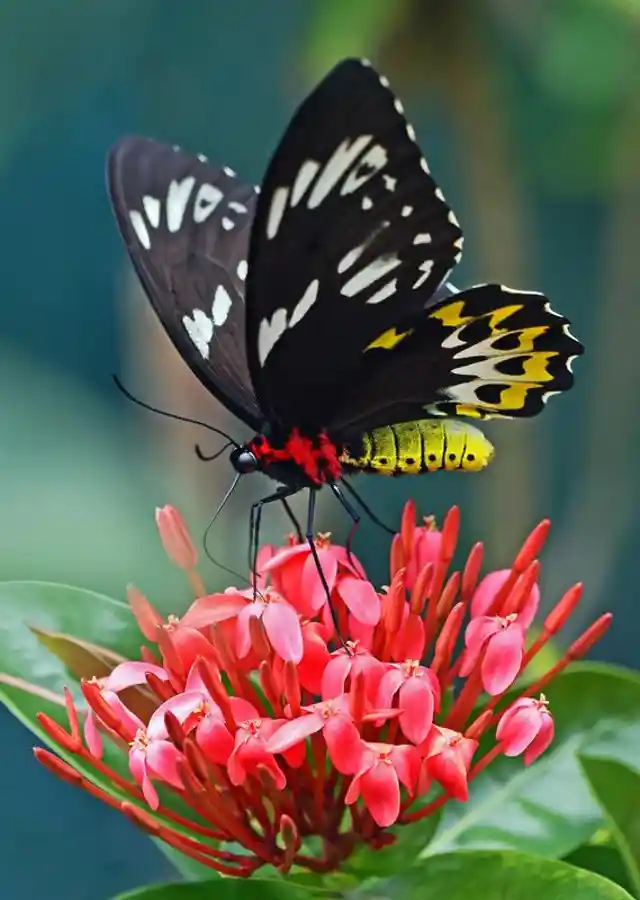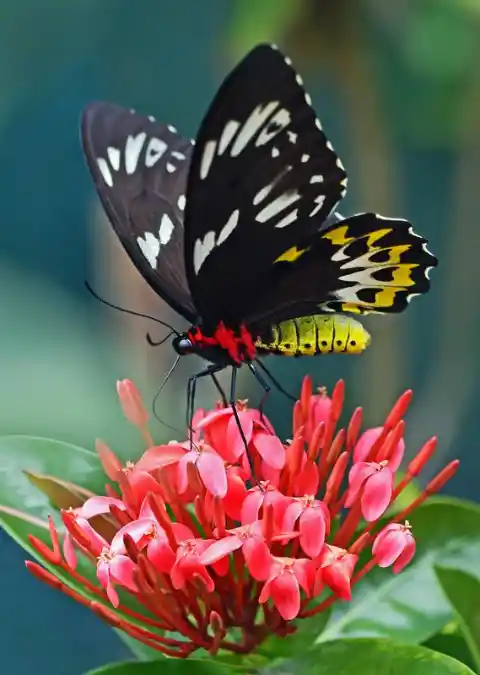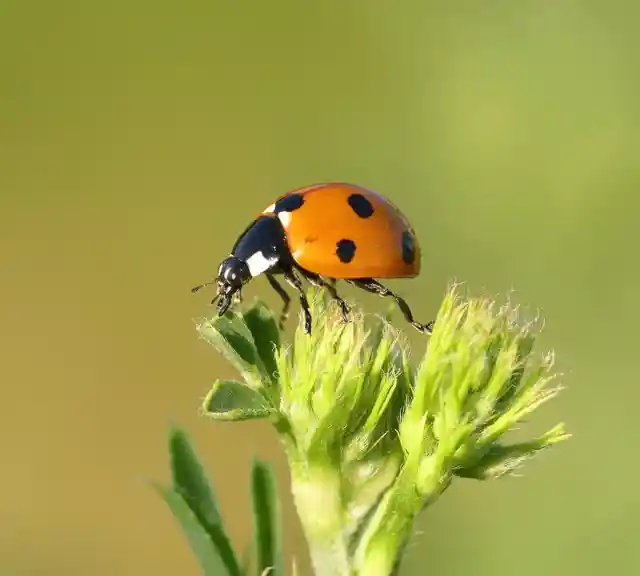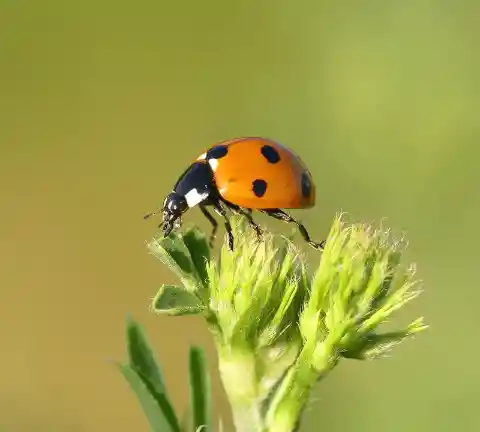As most of us know, insects play a crucial part in our ecosystem. However, their quantity and diversity are in a rapid decline. Entomologist Akito Kawahara has suggested several easy ways for people to help insect populations thrive again.


Insect Population and Diversity Decline
Akito Kawahara is an associate curator at the McGuire Center for Lepidoptera and Biodiversity, part of the Florida Museum of Natural History. Even though Kawahara’s research is focused mainly on explaining the evolution of moths and butterflies, he has found the dwindling numbers of insects and their diversity very troublesome. And while researchers differ in opinions about the severity of the issue, most agree that there is a decline. One study estimated that 40% of known species of insects are facing extinction.
The Benefits Insects Provide
Kawahara is convinced that the first step towards insect species preservation is to increase people’s awareness and appreciation of the little creatures. Insects are still often considered dangerous, unsanitary, destroyers of crops, and carriers of diseases. But most species are actually harmless to humans and are essential to our environment. Through their pollination of flowering plants and waste disposal, they contribute an estimated 70 million dollars to the economy a year!


What We Can Do to Help
The solution to the steep decline in insect populations has to come from the efforts of everyone working together to achieve this goal. Kawahara has suggested several ways in which we could help the cause. Leaving 10% of each lawn unmowed or cultivating native plants in your garden would create more habitats for the insects. Using fewer lights at night will keep insects from flying around them until exhaustion. He also recommends switching to insect-friendly soaps and sealants.